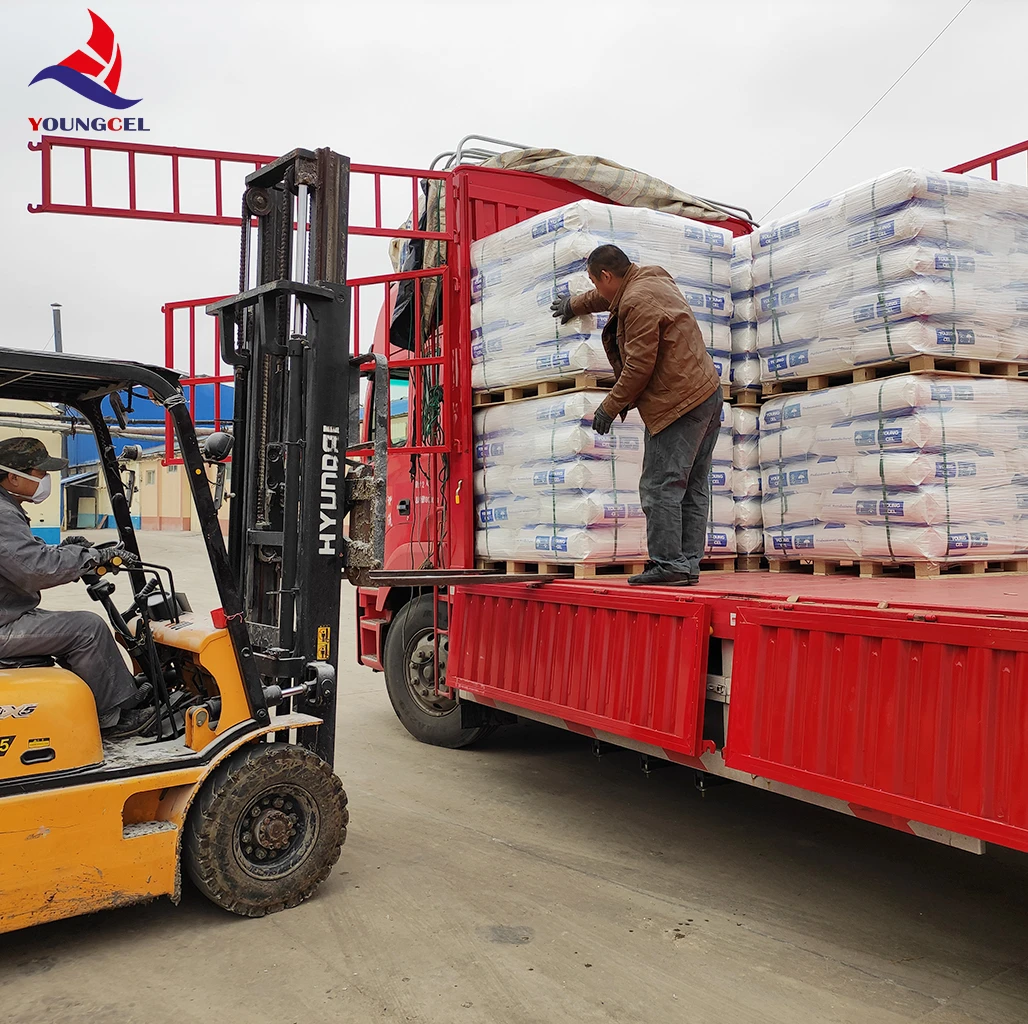Cellulose for Industrial Applications An Overview
Cellulose, the primary structural component of plant cell walls, is one of the most abundant organic polymers on Earth. Its remarkable properties make it an essential ingredient in various industrial applications, ranging from textiles to pharmaceuticals, food products, and biofuels. With growing global emphasis on sustainability and the reduction of fossil fuel reliance, cellulose's role is increasingly vital in modern industries.
Physical and Chemical Properties
Cellulose is known for its high tensile strength and rigidity, attributes that are imperative for materials used in construction, textiles, and packaging. It is a natural polymer made up of linear chains of glucose units linked by β(1→4) glycosidic bonds. This structure provides cellulose with excellent biodegradability and non-toxicity, qualities that are particularly appealing in today’s environmentally conscious climate.
Industrial Uses of Cellulose
One of the most significant industrial uses of cellulose is in the production of paper and cardboard. The pulp and paper industry relies extensively on cellulose fibers extracted from wood, which are then processed to create a variety of paper products. Moreover, cellulose derivatives like cellulose acetate are employed in creating photographic film and high-quality plastics.
cellulose for industrial

In the textile industry, cellulose is utilized to produce fabrics such as cotton, rayon, and lyocell. These materials are prized for their comfort, breathability, and versatility. Rayon, for instance, is manufactured from regenerated cellulose and is particularly popular in the fashion industry due to its silk-like appearance and feel.
Cellulose also plays a crucial role in food products. It is often used as a thickening agent, stabilizer, and emulsifier, improving the texture and shelf-life of numerous food items. Additionally, it is regarded as a dietary fiber, contributing to better digestive health for consumers.
Moreover, in the medical field, cellulose derivatives are used in wound dressings, drug delivery systems, and as excipients in pharmaceutical formulations. The biocompatibility of cellulose makes it an ideal choice for many medical applications, ensuring safety and efficacy in patient care.
Sustainable Alternatives and Future Prospects
The move towards sustainable production methods has led to increased interest in cellulose as a renewable resource. Innovations in technology, such as enzyme-assisted extraction and green chemistry, are enhancing cellulose production's efficiency and reducing environmental impacts. Furthermore, the potential of cellulose in the realm of biofuels is being explored, as it can be converted into bioethanol, providing a cleaner alternative to fossil fuels.
In summary, cellulose, a versatile and sustainable material, plays a critical role in various industries. Its natural abundance, biodegradable nature, and array of functional properties make cellulose an invaluable resource. As industries continue to seek eco-friendly alternatives and innovative applications, the importance of cellulose is expected to grow, paving the way for a more sustainable future. The ongoing research and development in cellulose utilization are likely to yield exciting advancements, further solidifying its status as a key player in the global industrial landscape.
-
A Comprehensive Guide to Methyl Ethyl Hydroxyethyl Cellulose: Applications and Industry InsightsNewsNov.24,2025
-
Understanding Methyl 2 Hydroxyethyl Cellulose: Uses, Benefits & Industry InsightsNewsNov.24,2025
-
Hydroxyethyl Methyl Cellulose HEMC: Industrial Uses, Benefits & Future TrendsNewsNov.23,2025
-
HEMC Cellulose: Versatile & Sustainable Industrial Polymer | YoungcelNewsNov.23,2025
-
Methyl Hydroxyethyl Cellulose: Versatile Building Block for Industry & SustainabilityNewsNov.23,2025
-
CAS 9032 42 2: Understanding Polyvinyl Alcohol's Impact on Industry & SustainabilityNewsNov.22,2025




